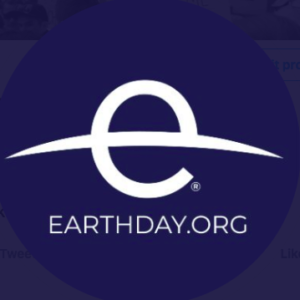End Plastics
Fact Sheet: Plastics in the Ocean
March 5, 2022
END PLASTIC POLLUTION
Fact Sheet: Plastics in the Ocean
The billions upon billions of items of plastic waste choking our oceans, lakes, and rivers and piling up on land is more than unsightly and harmful to plants and wildlife.
The following 5 facts shed light on how plastic is proving dangerous to our planet, health, and wildlife. To learn more about the threat and impact of plastic pollution and to get tips to reduce your plastic consumption, download our Plastic Pollution Primer and Toolkit today!
- Microplastics in different forms are present in almost all water systems in the world, be they streams, rivers, lakes, or oceans. [3][4][5] There is more microplastic in the ocean than there are stars in the Milky Way.[6]
- By 2050 there will be more plastic in the oceans than there are fish (by weight).[8]
- The chances of disease on a coral reef are enhanced by 22-fold by plastics. In 2018, a huge survey of the 159 coral reefs across Asia-Pacific region showed that over 11.1 billion plastic particles are entangling the corals, and this number is estimated to increase dramatically by 40% by 2025. Plastic debris may also cause physical damage to the corals by exhausting the resources for the wound-healing process. Importantly, more than 7000 species of fishes, invertebrates, plants, sea turtles, birds, and marine mammals can be found in the coral reef ecosystem.[12]
- Animals are now colonizing the Great Pacific Garbage Patch, meaning that they are consuming the plastic waste and also living in previously uninhabited areas. All of these developments disrupt the natural marine ecosystem.[13]
- Many animals at the base of the food chain eat microplastics. These animals are then consumed by others than humans eat.[14]
